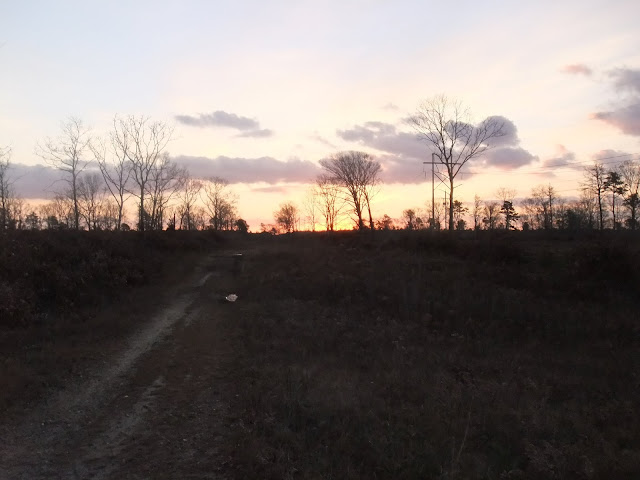September
brings the turning leaves and the first frost. The dogs can sense the changes,
or maybe it is our frequent treks into the woods looking for birds that tips
them off.
The
streams may be high or low, depending on rain. This year they are extremely
low. Trout and salmon will be stacked up in the lakes and ponds, waiting for
rising water and cooler temperatures before entering the streams. Nature is
calling for them to preserve the future of their species.
The
birds and animals are shifting from their summer diet of fruits and insects to seeds, catkins, and buds.
We’ve been running our girls nearly daily. Colby, our oldest, stays mostly on the old roads and almost underfoot, but still surprises us with an occasional point. Maggie, who is four right now, covers the most ground, at times almost appearing to show off. Maybe she is. Then there’s a pup in the house. She’s great, checks back often to see where we are, hunts on her own most of the time, and backs the other dogs when they point. The older dogs always hate to be shown up, particularly Maggie, so she tries to cover much more ground than the pup. Unfortunately, this sometimes leads to bumped bird. But with Mollie backing the older dogs almost every time they point, it certainly makes life easier. Yesterday she backed Maggie on a skittish grouse.
Sometimes Mollie charges through the woods on her own and we wonder if she really knows what she is after. I’m guessing that probably she does, it seems the dogs are usually one step ahead of us. Today she pointed where a ruffed grouse recently departed from and also a woodcock. Life is looking pretty good.




